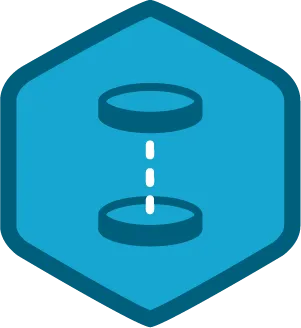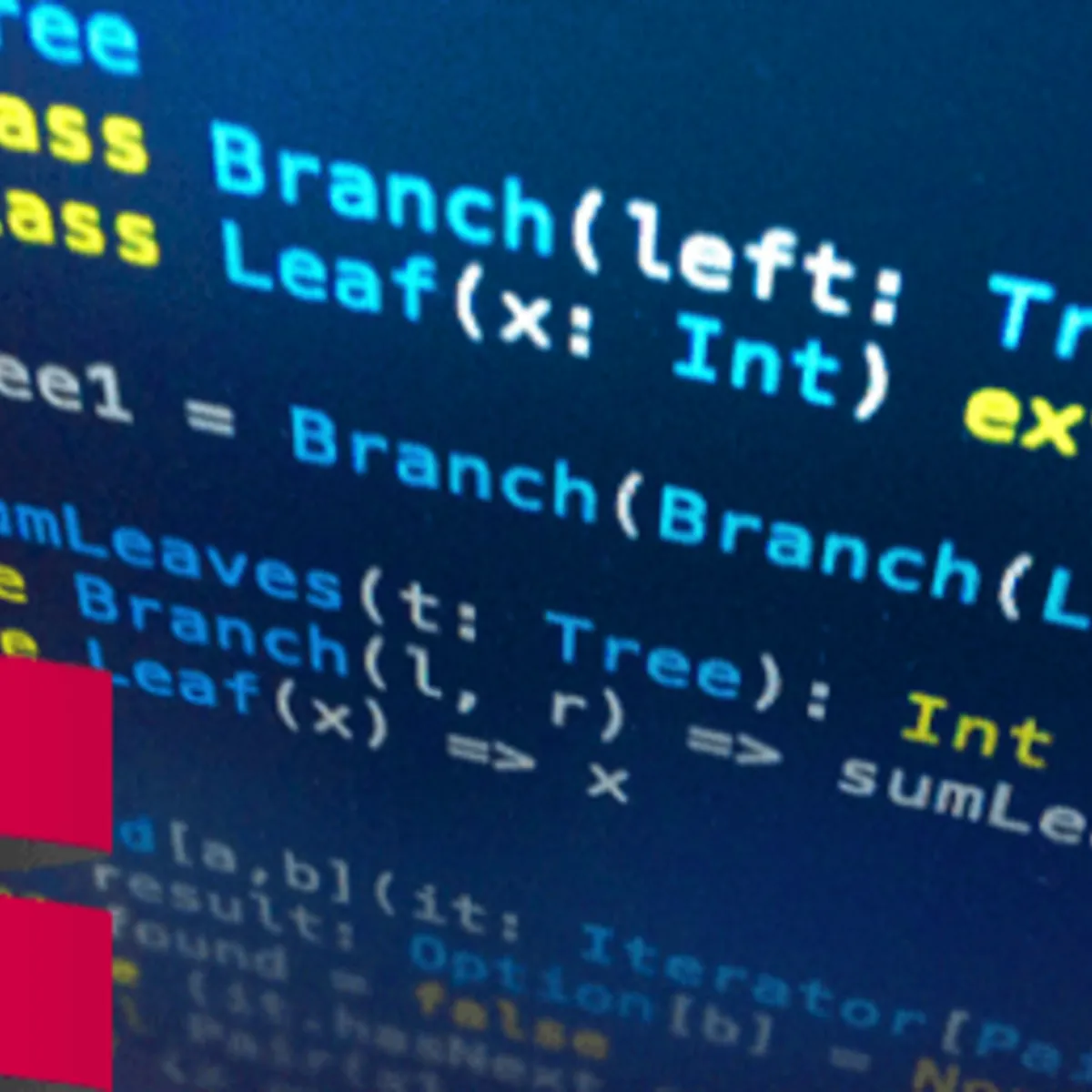
Querying Relational Databases Course 
This course teaches students how to query relational databases using inner and outer joins, unions and except. Students will learn to think of data as sets and subsets and practice achieving desired query results. ▼
ADVERTISEMENT
Course Feature
![]() Cost:
Cost:
Free Trial
![]() Provider:
Provider:
Treehouse
![]() Certificate:
Certificate:
No Information
![]() Language:
Language:
English
![]() Start Date:
Start Date:
Self Paced
Course Overview
❗The content presented here is sourced directly from Treehouse platform. For comprehensive course details, including enrollment information, simply click on the 'Go to class' link on our website.
Updated in [March 20th, 2023]
This course provides an introduction to querying relational databases. Students will learn the fundamentals of relational databases, including what a relational database is, database normalization, database keys, table relationships, and set operations.
The course begins with an overview of relational databases and their components. Students will learn the basics of database normalization, which is the process of organizing data into tables in order to reduce data redundancy and improve data integrity. They will also learn about database keys, which are used to uniquely identify records in a database table.
Next, students will learn about table relationships, which are the connections between two or more tables in a database. They will learn how to create and manage relationships between tables, as well as how to use set operations to combine data from multiple tables.
Finally, students will learn how to query relational databases using Structured Query Language (SQL). They will learn how to write basic SQL statements to retrieve data from a database, as well as how to use advanced SQL commands to manipulate data.
At the end of the course, students will have a solid understanding of relational databases and how to query them using SQL. They will be able to create and manage relationships between tables, as well as use set operations to combine data from multiple tables. They will also be able to write basic and advanced SQL statements to retrieve and manipulate data from a database.
[Applications]
The Querying Relational Databases Course provides a comprehensive overview of the fundamentals of relational databases. After completing this course, students should be able to understand the concepts of database normalization, database keys, table relationships, and set operations. They should also be able to apply these concepts to create and query relational databases. Additionally, students should be able to use the knowledge gained from this course to design and implement efficient database solutions for their own projects.
[Career Paths]
1. Database Administrator: Database Administrators are responsible for the design, implementation, maintenance, and security of an organization’s databases. They ensure that the databases are running efficiently and securely, and that data is backed up regularly. With the increasing demand for data-driven decision making, the demand for Database Administrators is expected to grow significantly in the coming years.
2. Database Developer: Database Developers are responsible for designing, developing, and maintaining databases. They create database structures, write queries, and develop applications that interact with the databases. With the increasing demand for data-driven decision making, the demand for Database Developers is expected to grow significantly in the coming years.
3. Data Analyst: Data Analysts are responsible for analyzing data to identify trends and patterns. They use their findings to make recommendations to improve business processes and operations. With the increasing demand for data-driven decision making, the demand for Data Analysts is expected to grow significantly in the coming years.
4. Business Intelligence Analyst: Business Intelligence Analysts are responsible for analyzing data to identify trends and patterns. They use their findings to make recommendations to improve business processes and operations. With the increasing demand for data-driven decision making, the demand for Business Intelligence Analysts is expected to grow significantly in the coming years.
[Education Paths]
1. Bachelor of Science in Computer Science: This degree path provides students with a comprehensive understanding of computer science fundamentals, including programming, software engineering, and database management. Students will learn how to design, develop, and maintain relational databases, as well as how to query them. Additionally, they will gain an understanding of the latest trends in database technology, such as cloud computing and big data.
2. Master of Science in Data Science: This degree path focuses on the application of data science principles to solve real-world problems. Students will learn how to use data to make decisions, as well as how to design and develop relational databases. They will also gain an understanding of the latest trends in data science, such as machine learning and artificial intelligence.
3. Master of Science in Information Systems: This degree path focuses on the management of information systems, including the design, development, and maintenance of relational databases. Students will learn how to query databases, as well as how to use data to make decisions. Additionally, they will gain an understanding of the latest trends in information systems, such as cloud computing and big data.
4. Doctor of Philosophy in Database Management: This degree path focuses on the research and development of database management systems. Students will learn how to design, develop, and maintain relational databases, as well as how to query them. Additionally, they will gain an understanding of the latest trends in database technology, such as distributed databases and NoSQL databases.
Course Provider

Provider Treehouse's Stats at AZClass
Discussion and Reviews
0.0 (Based on 0 reviews)
Explore Similar Online Courses

Comprehensive Guide to Final Cut Pro: Part Six

Basic Research

RDBMS PostgreSQL

Intro To PostgreSQL Databases With PgAdmin For Beginners

PostgreSQL: Client Applications

Mastering SQL using Postgresql

Database Design and Basic SQL in PostgreSQL

PostgreSQL: Advanced Queries

Spatial SQL with Postgres : A language for geographers

Learn SQL Using PostgreSQL: From Zero to Hero

PostgreSQL Essential Training

Big Data Analysis with Scala and Spark
 Related Categories
Related Categories
 Popular Providers
Popular Providers
Quiz
 Submitted Sucessfully
Submitted Sucessfully
1. What is a relational database?
2. What is the purpose of database normalization?
3. What is the purpose of database keys?


Start your review of Querying Relational Databases Course